Future President of the U.S. Franklin D Roosevelt became a victim of polio
In 1921, future President of the U.S. Franklin D. Roosevelt (FDR) became a victim of polio at the…
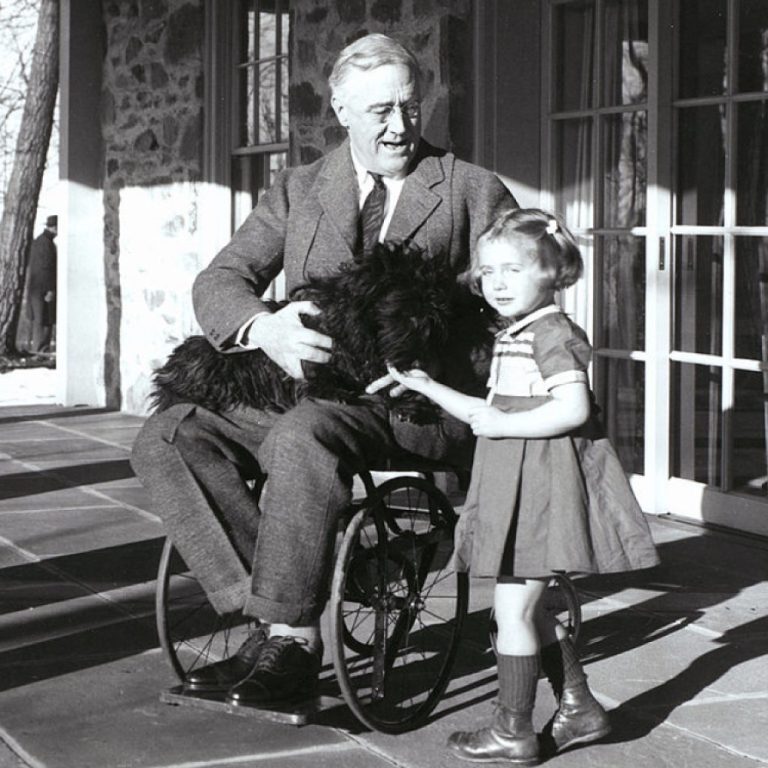
In 1921, future President of the U.S. Franklin D. Roosevelt (FDR) became a victim of polio at the…
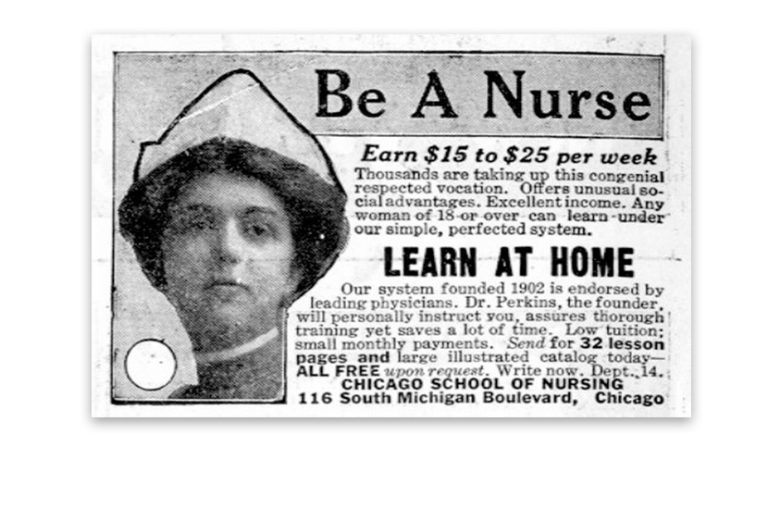
In 1919, the University of Oregon in Eugene introduced the state’s first professional courses in nursing. The courses…
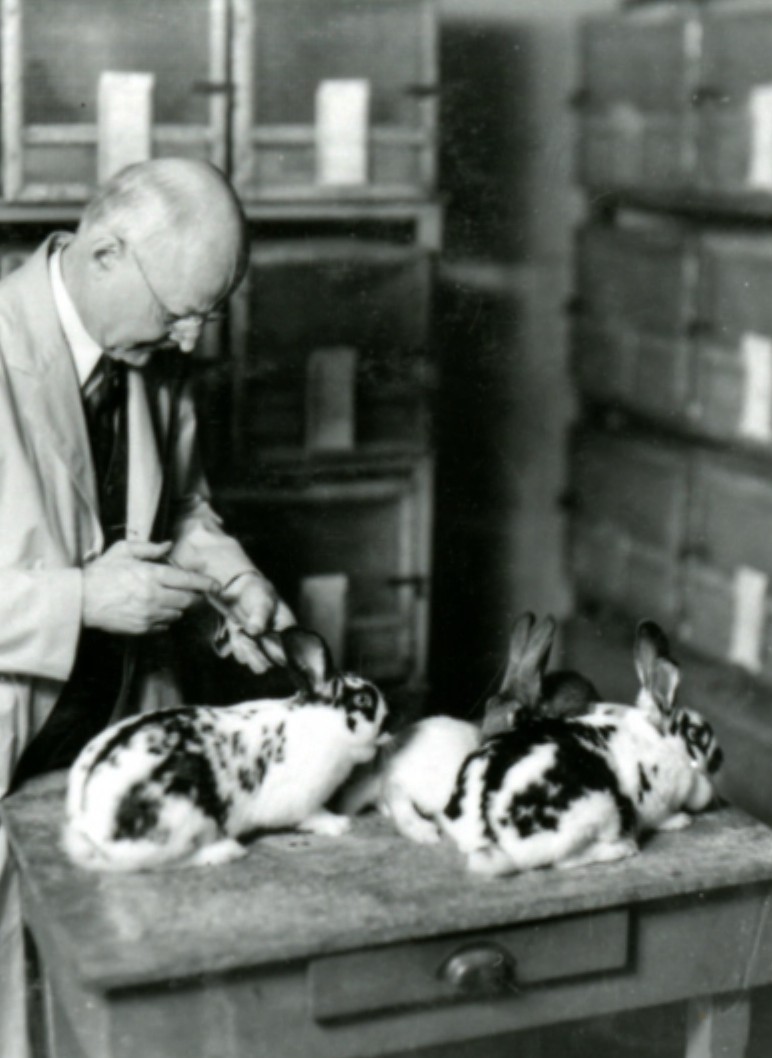
In 1919, Edward Francis extended the earlier observations on tularemia. His other studies, continued into the 1920s, clarified…
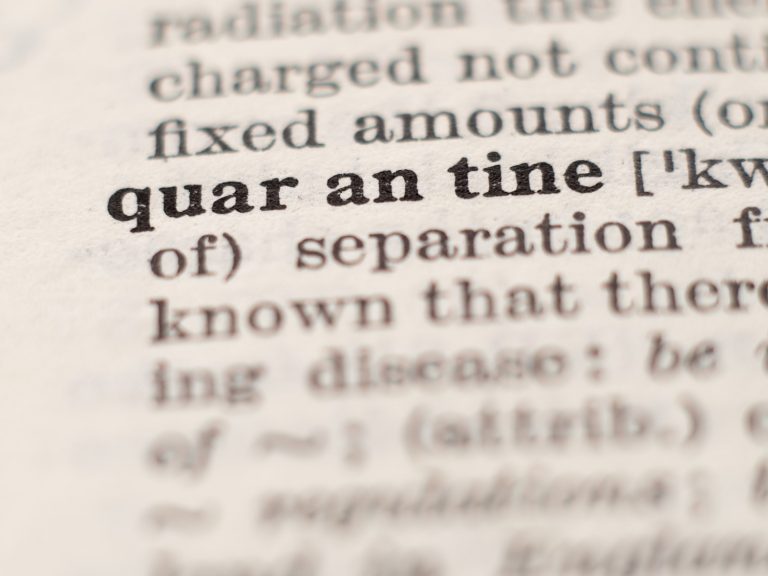
On Dec. 24, 1918, on Christmas Eve, with the epidemic across Nebraska still raging, the state Board of…

On Dec. 12, 1918, following a second spike in influenza cases especially among schoolchildren, Louisville Health Officer Dr….
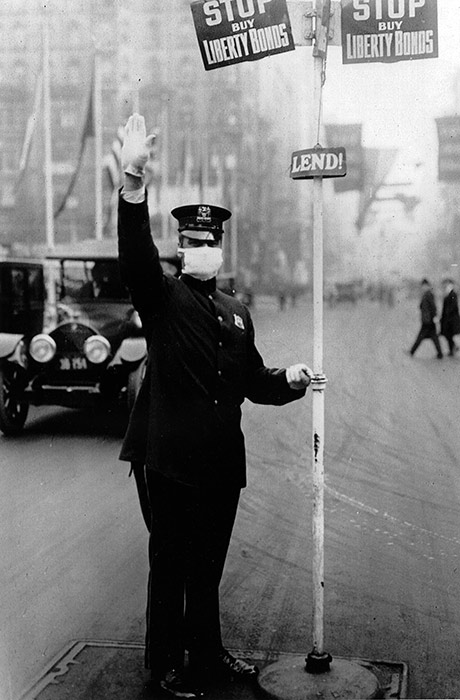
On Nov. 30, 1918, after having reopened schools earlier in the month, Kansas City closed schools again following…
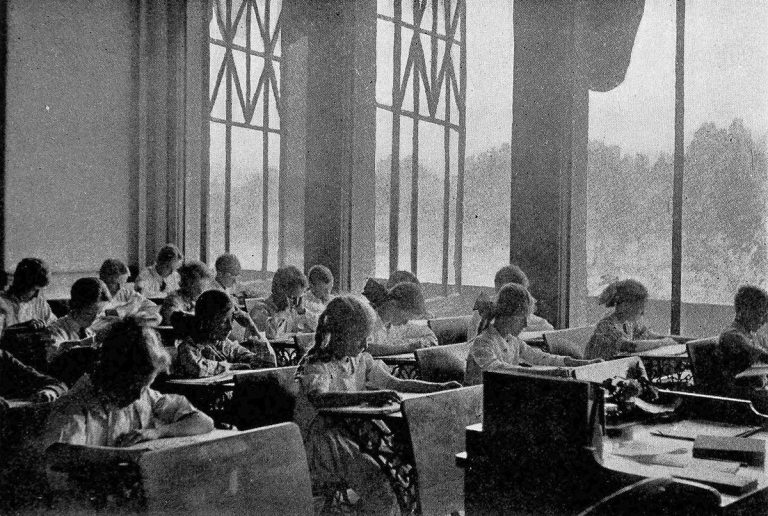
On Nov. 27, 1918, after a spike in influenza cases including several children, St. Louis health commissioner Dr….
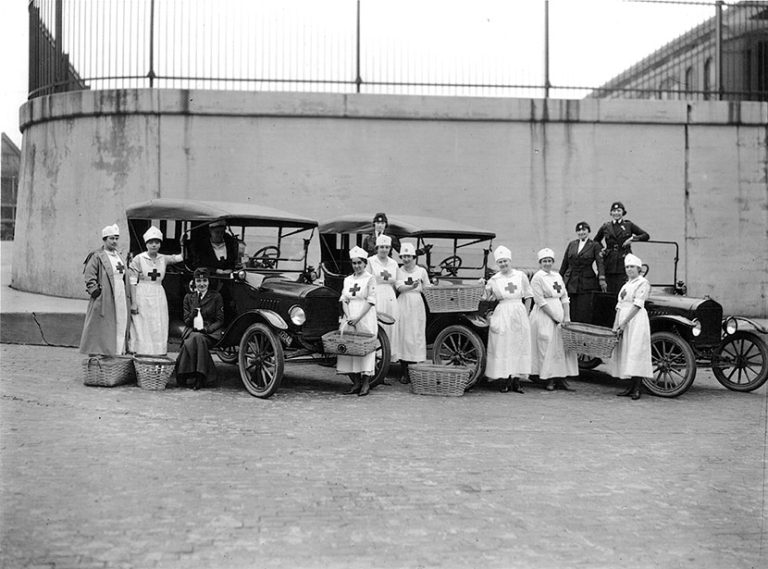
By Nov. 20, 1918, over 18,000 influenza cases had been reported to Detroit’s Department of Health, and almost…
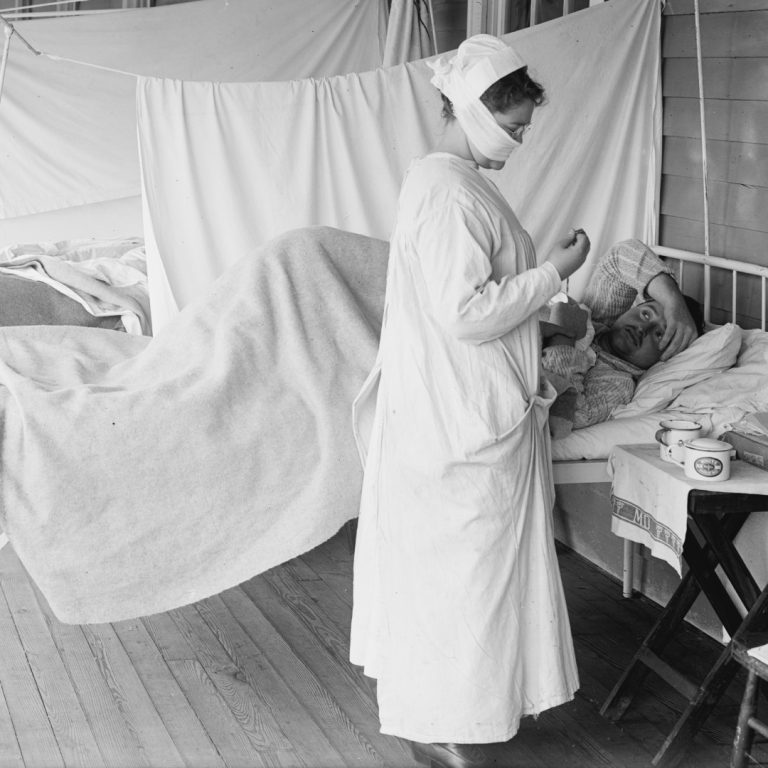
On Nov. 20, 1918, School officials were eager to reopen their classrooms. Salt Lake City business and community…
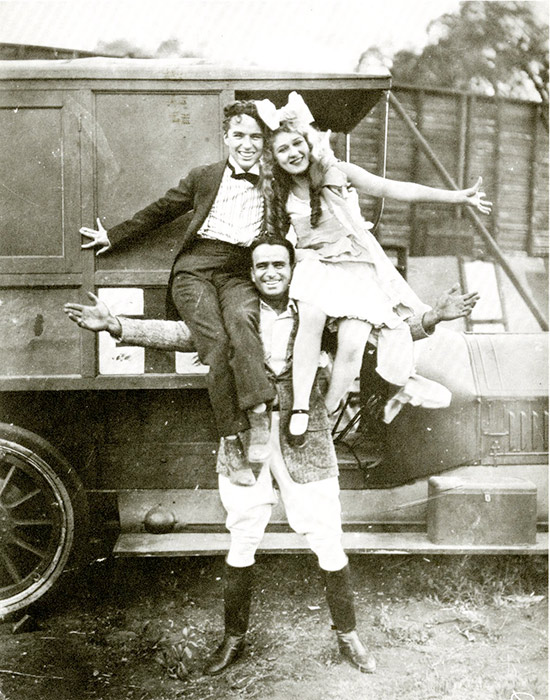
On Nov. 18, 1918, the Los Angeles Influenza Advisory Committee announced the end to the influenza ban, effective…
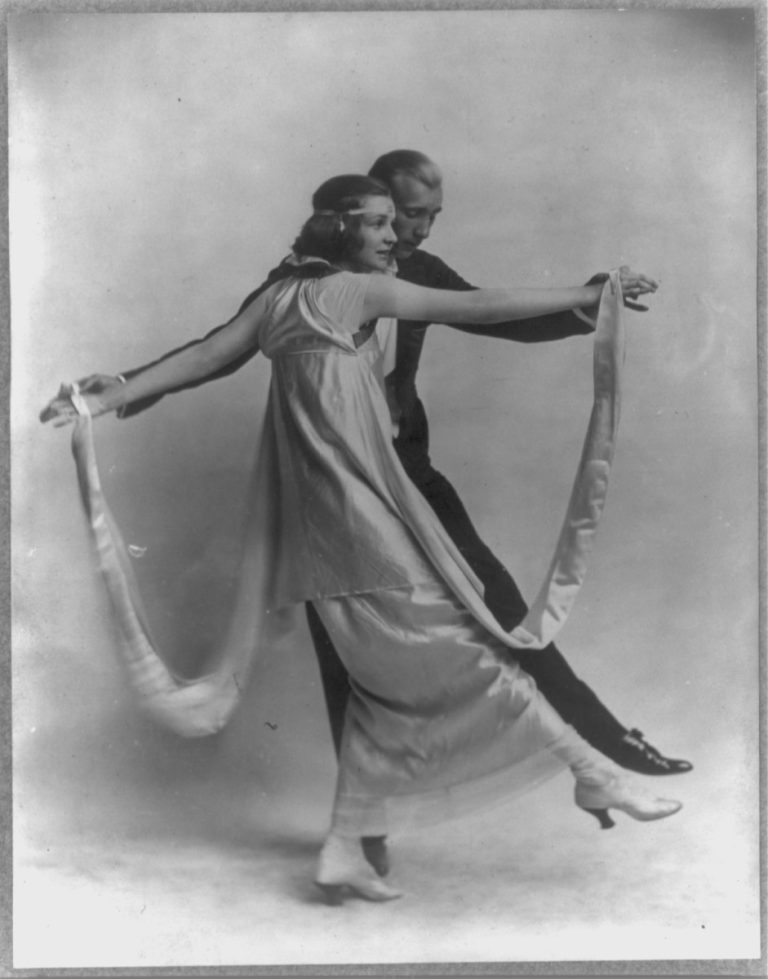
By Nov. 18, 1918, with New Orleans’s business and schools once again back to their normal operations, local…

On Nov. 15, 1918, Minneapolis and St. Paul’s influenza closure orders were lifted. Vaudeville and burlesque and movie…

By Nov. 13, 1918, St. Louis Health Commissioner Dr. Max C. Starkloff began lifting closures and bans over…
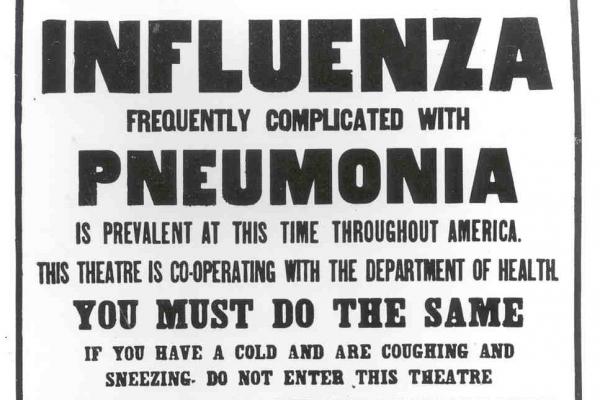
On Nov. 11, 1918, it was reported that influenza cases in Salt Lake City had dwindled enough that…
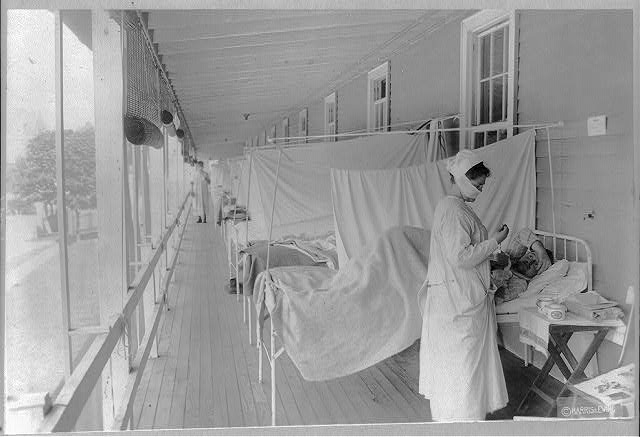
On Nov. 11, 1918, Denver’s closures due to influenza were lifted for much of the city and communities…
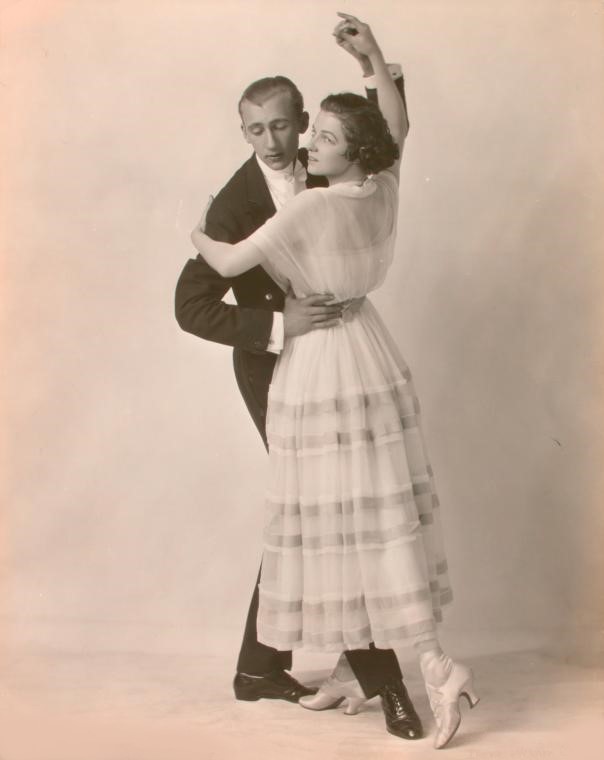
On Nov. 11, 1918, Albany’s theaters and schools reopened, signifying a return to normalcy after epidemic orders were…

On Nov. 9, 1918, in Pittsburgh, Director of the Department of Health Dr. W. H. Davis announced that…
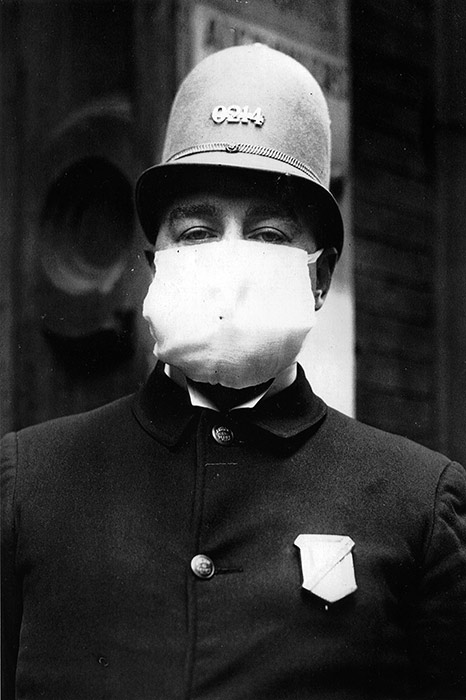
On Nov. 9, 1918, Los Angeles City Council enacted staggering hours to reduce crowding on streetcars to try…
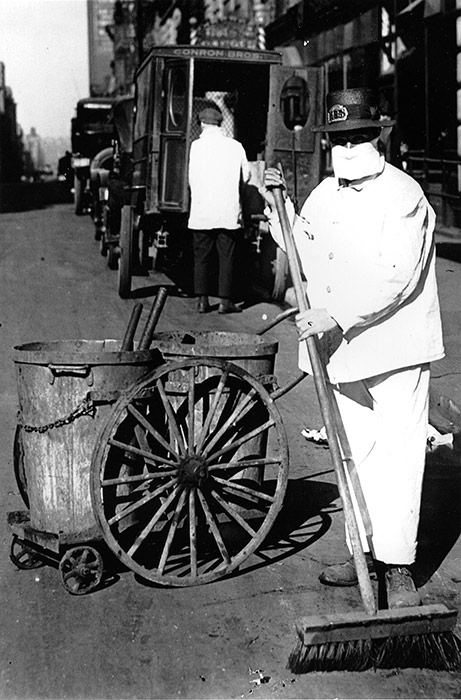
On Nov. 9, 1918, St. Louis Health Commissioner Dr. Max C. Starkloff ordered all non-essential voters, businesses, and…
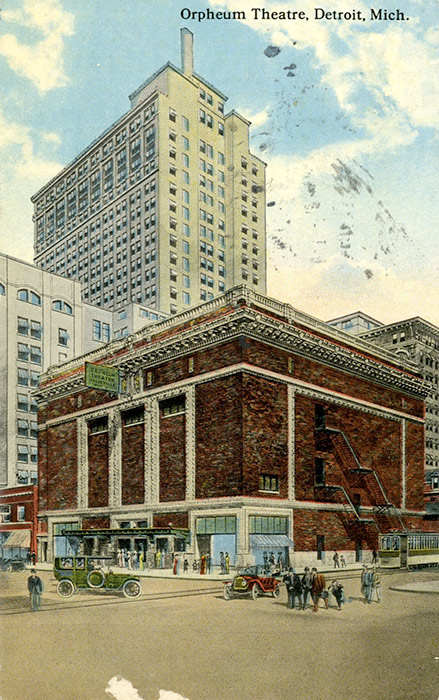
On Nov. 6, 1918, Detroit went ahead with its plan to lift the closure order and gathering ban…
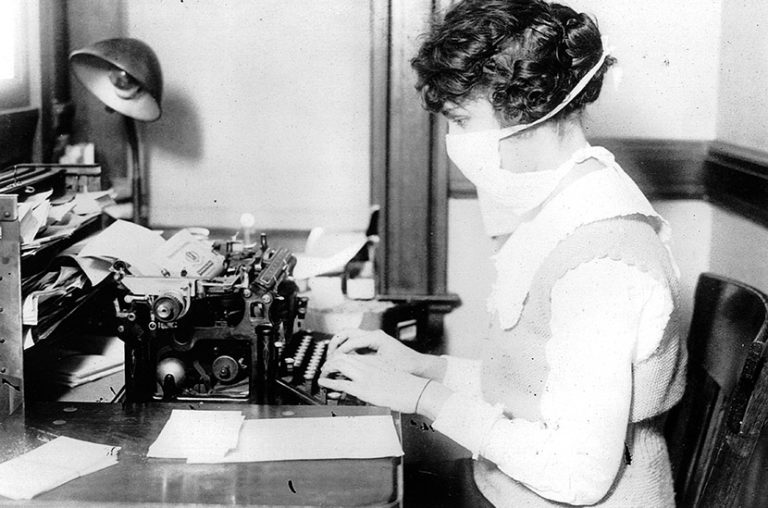
By Nov. 5, 1918, Cleveland began reopening its downtown businesses with restricted hours. By the first days of…
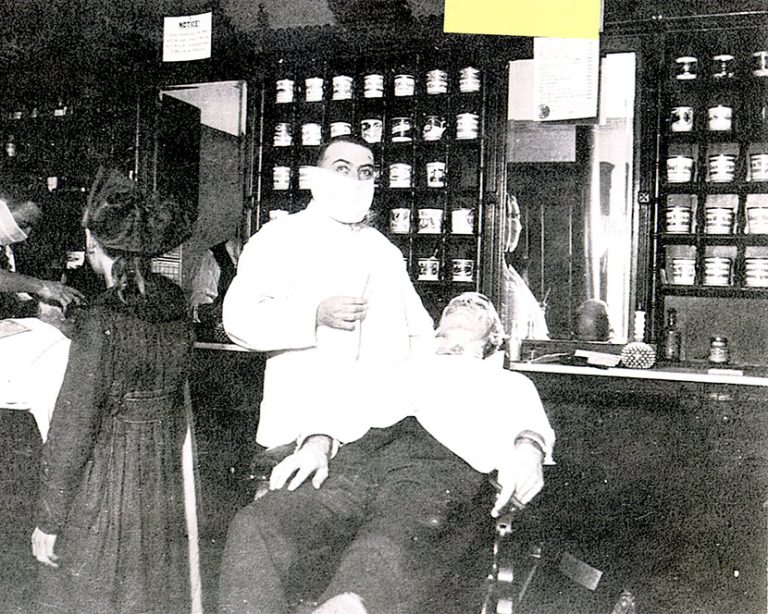
On Nov. 4, 1918, after a decline in the explosive influenza case numbers, Pennsylvania health officials lifted closure…
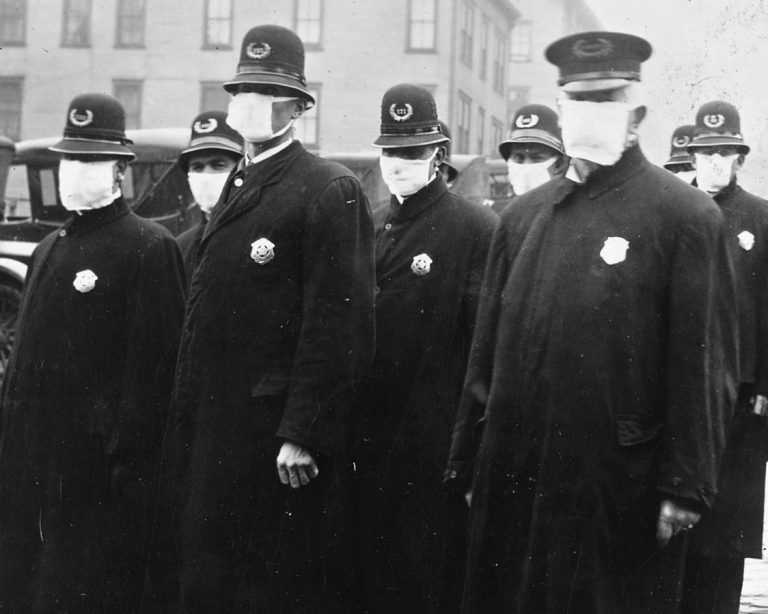
On Nov. 2, 1918, Health Commissioner Dr. Max C. Starkloff, ordered St. Louis policemen in department stores and…
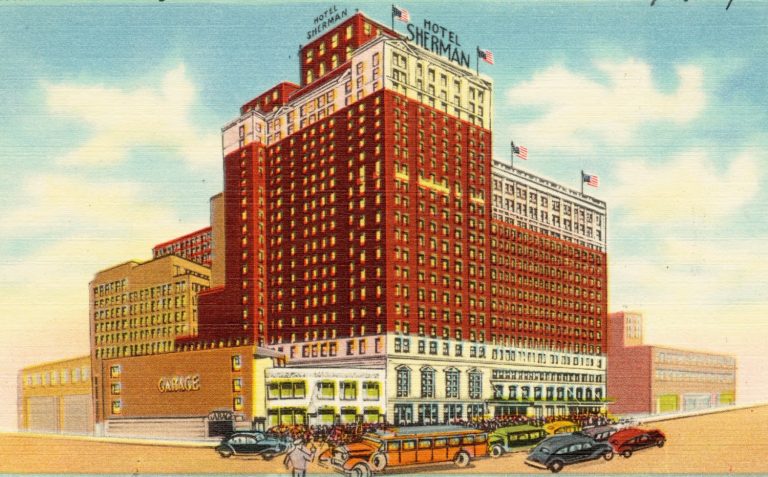
On Nov. 1, 1918, much of Chicago reopened, with inspections and other rules in place. In most cities,…
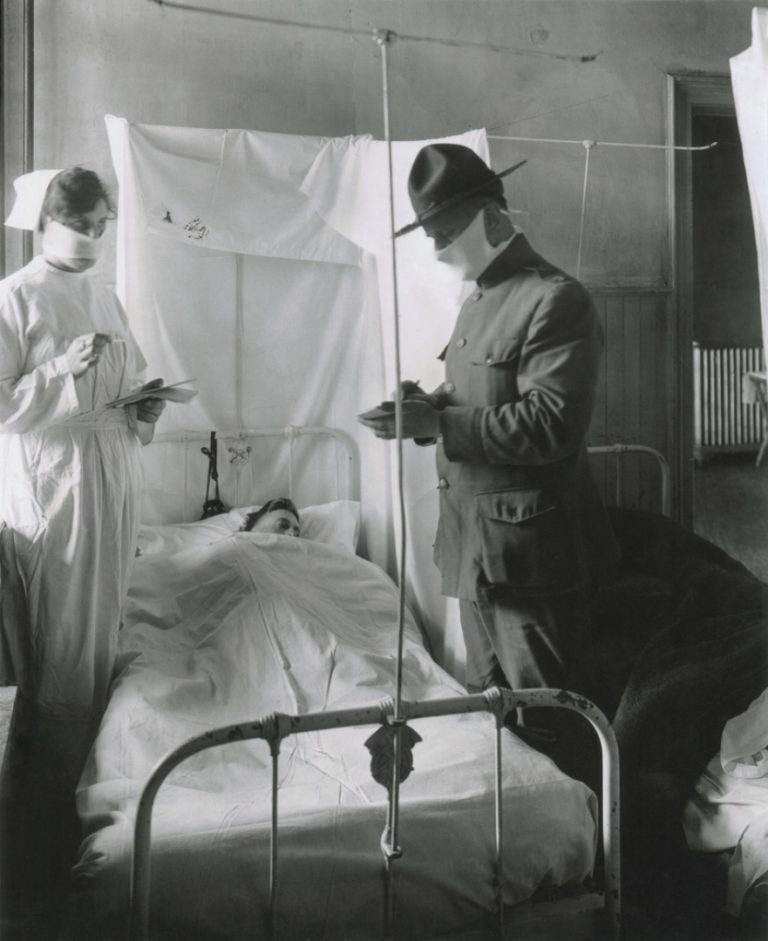
By Nov. 1, 1918, Nashville had reported a total of 40,000 influenza cases and 392 deaths, with thousands…

On Oct. 31, 1918, Dallas Mayor Lawther announced the step-wise lifting of closure orders due to influenza, allowing…
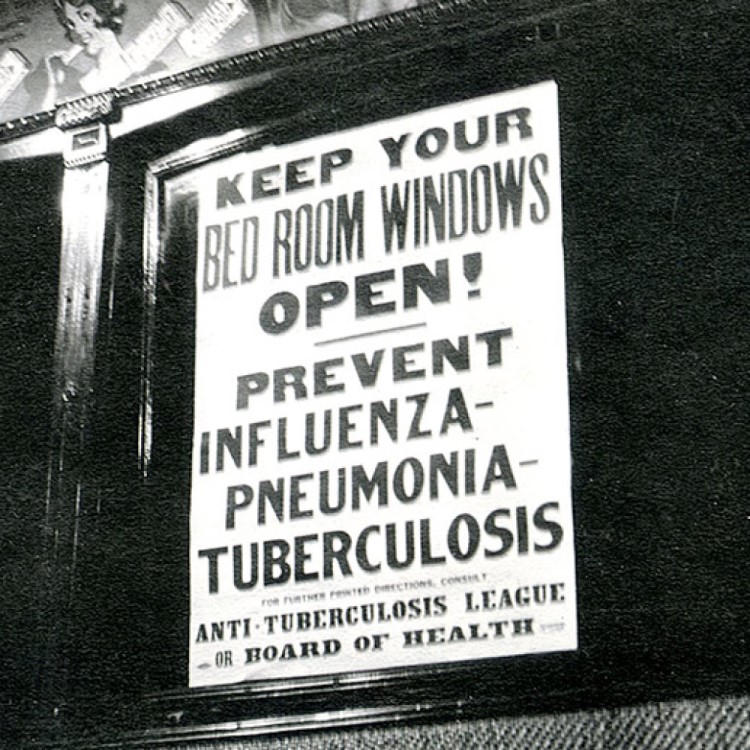
On Oct. 29, 1918, Washington D.C. influenza closure orders were rescinded, allowing churches to reopen on Thursday, October…
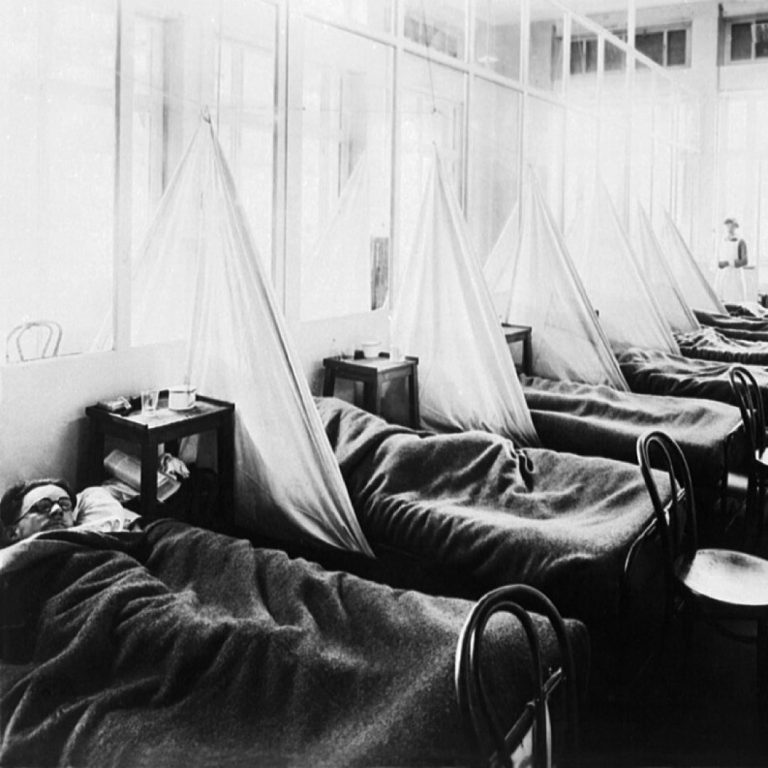
On Oct. 28, 1918, after a decline in the explosive influenza case numbers, Pennsylvania health officials lifted closure…
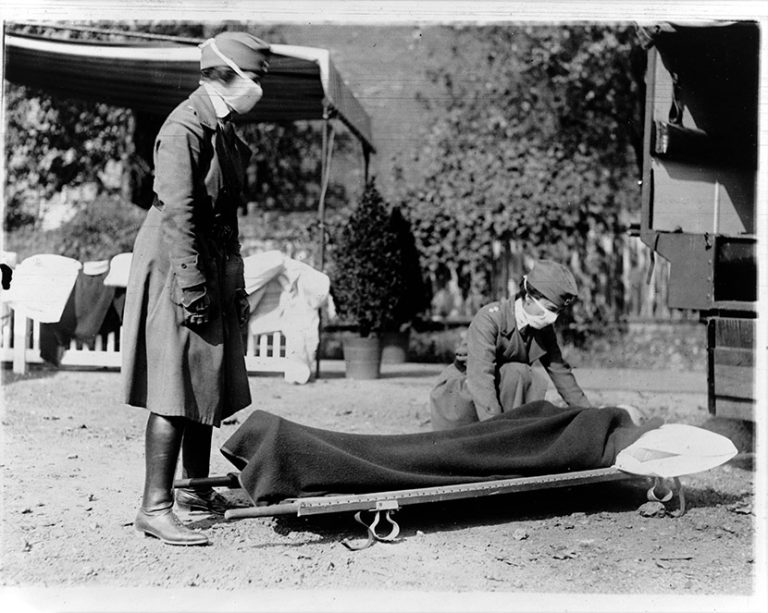
On Oct. 23, 1918, St. Paul health officer Dr. B. F. Simon proudly announced that there had only been…

On Oct. 21, 1918, the board of health and school officials met and decided to close all public,…